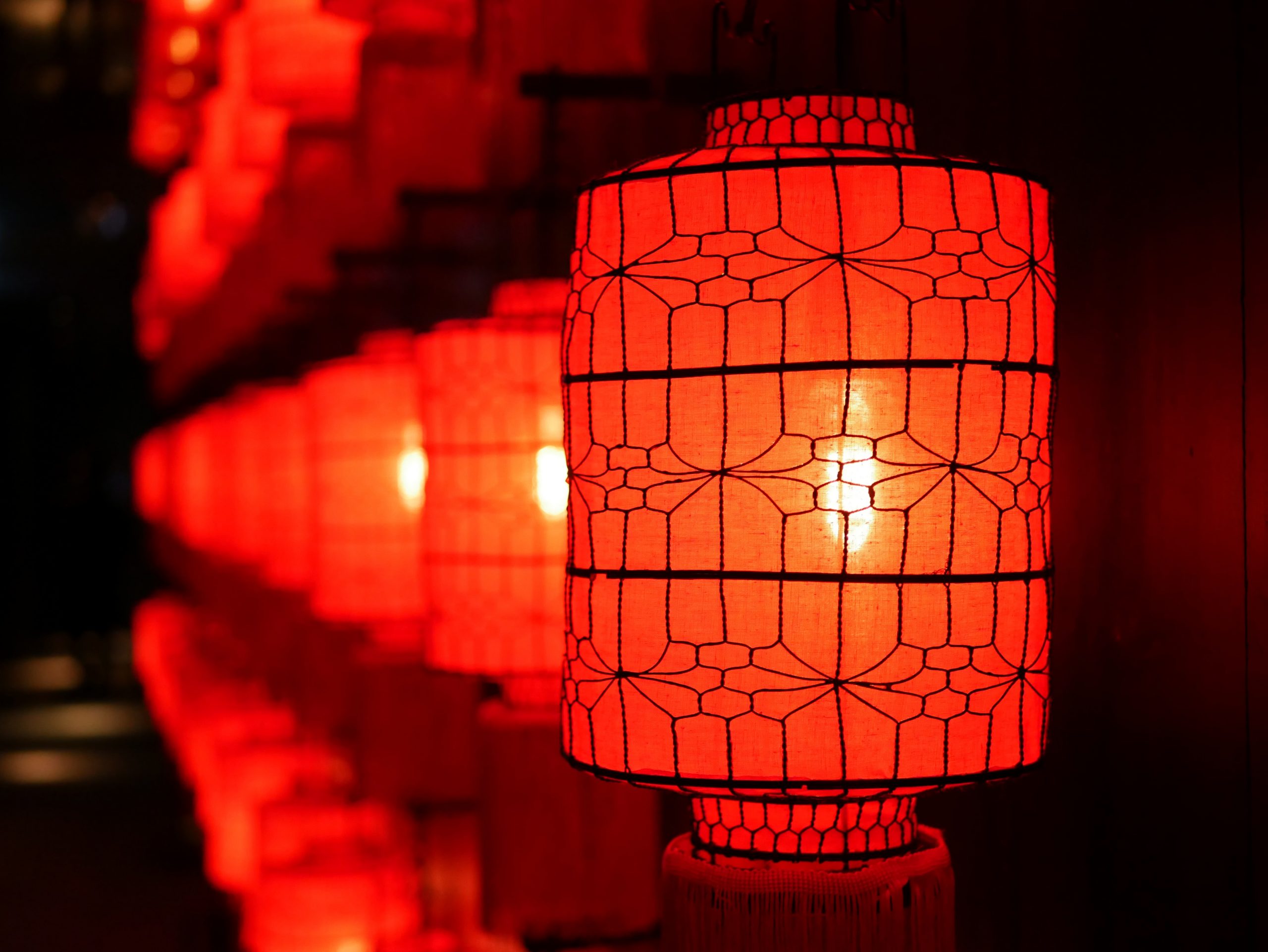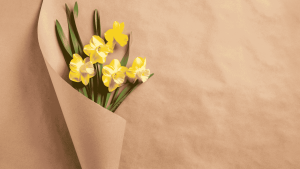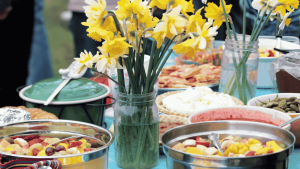Lunar New Year is essentially a time for family and friends to come together, however, each country that celebrates the annual festival does so in their own unique way.
Vietnamese New Year
Vietnamese New Year, also known as Tet, is one of the most sacred festivals for Vietnamese people. Guided by the lunar calendar, Tet is usually celebrated between late January or early February.
Tet is ultimately a time for meeting and catching up with family while also paying respect to ancestors that came before. The hopes for good fortune and new beginnings in the coming year is symbolised by its foods Mam Ngu Qua (five-fruit tray), flowers and plants, (flowering peach trees), which can be found in peoples’ houses, markets and shops.
Celebrations generally last for 3 days but can continue for a week, where people drink and eat mut, (candied fruits), banh chung, (a square cake made of sticky rice stuffed with beans and pork), and mang (a soup of boiled bamboo shoots and pork.)
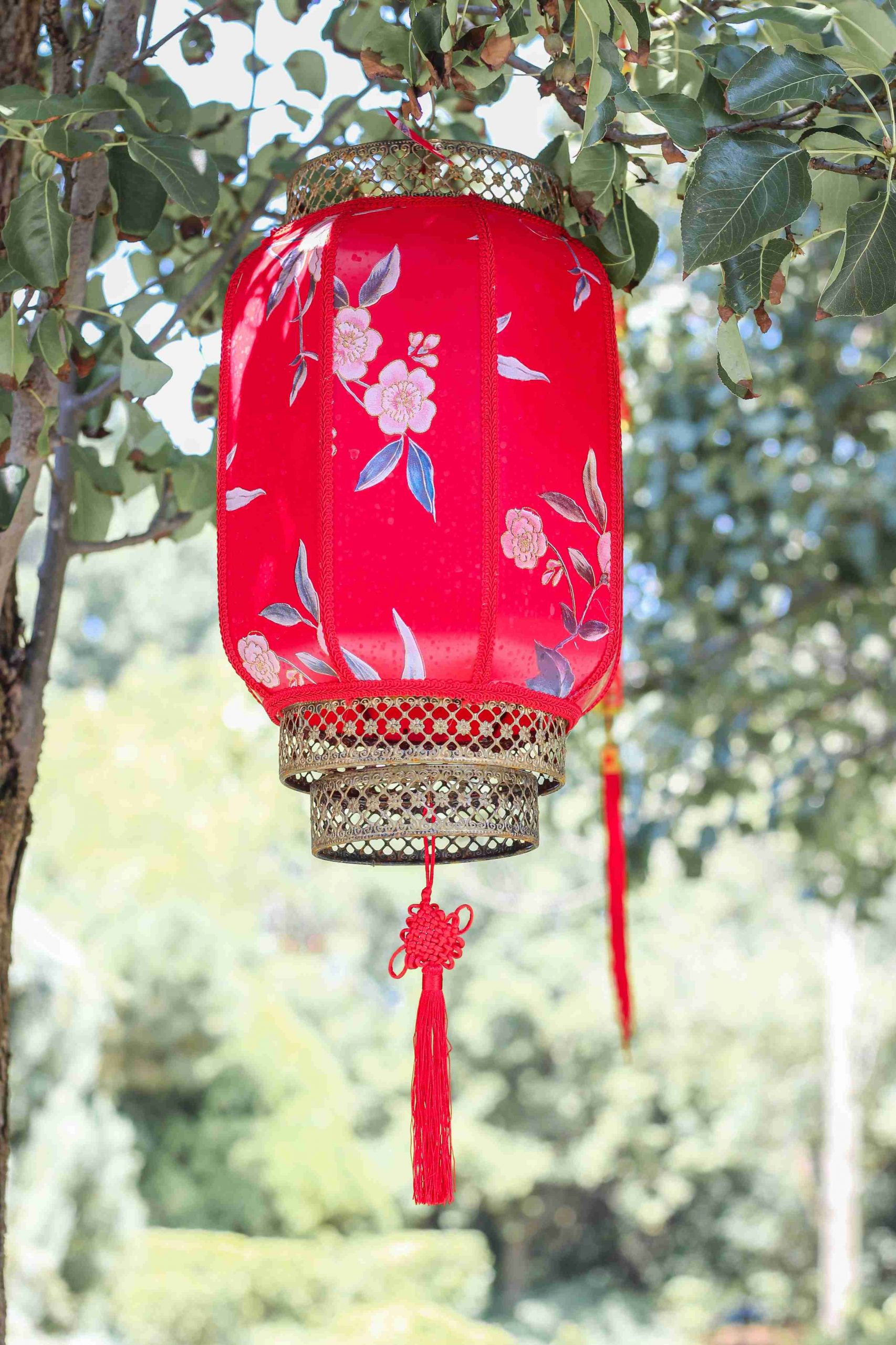
Korean New Year
Lunar New Year in Korea is known as Seollal. Seollal is a time for paying respect to ancestors and to meet up with family and old friends. It is also a time to embrace Korean cultural and culinary traditions. It is not uncommon to see people dressed in a Hanbok (traditional clothes), performing ancestral rites, playing traditional games and listening to old folk stories.
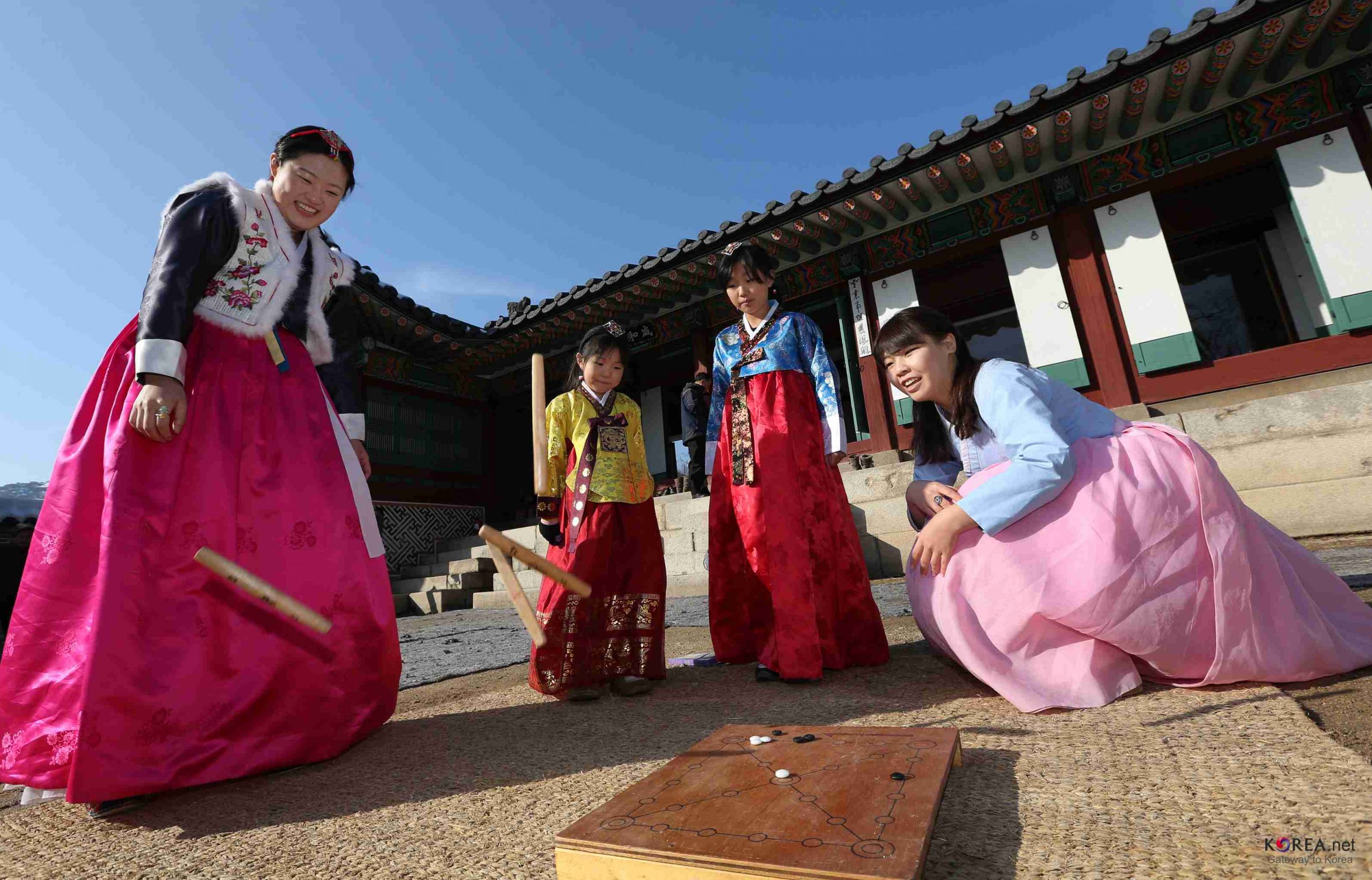
Chinese New Year
Lunar New Year in China is the most significant time for Chinese people to pay respect to their ancestors and spend time with family and friends. The New Year’s Eve dinner at home is seen as the most important meal of the year.
Red pockets containing a monetary gift are always exchanged and the new trend is to give away red pocket via a digital platform like WeChat. The 15th day of the lunar month marks the official end of the traditional new year celebration.
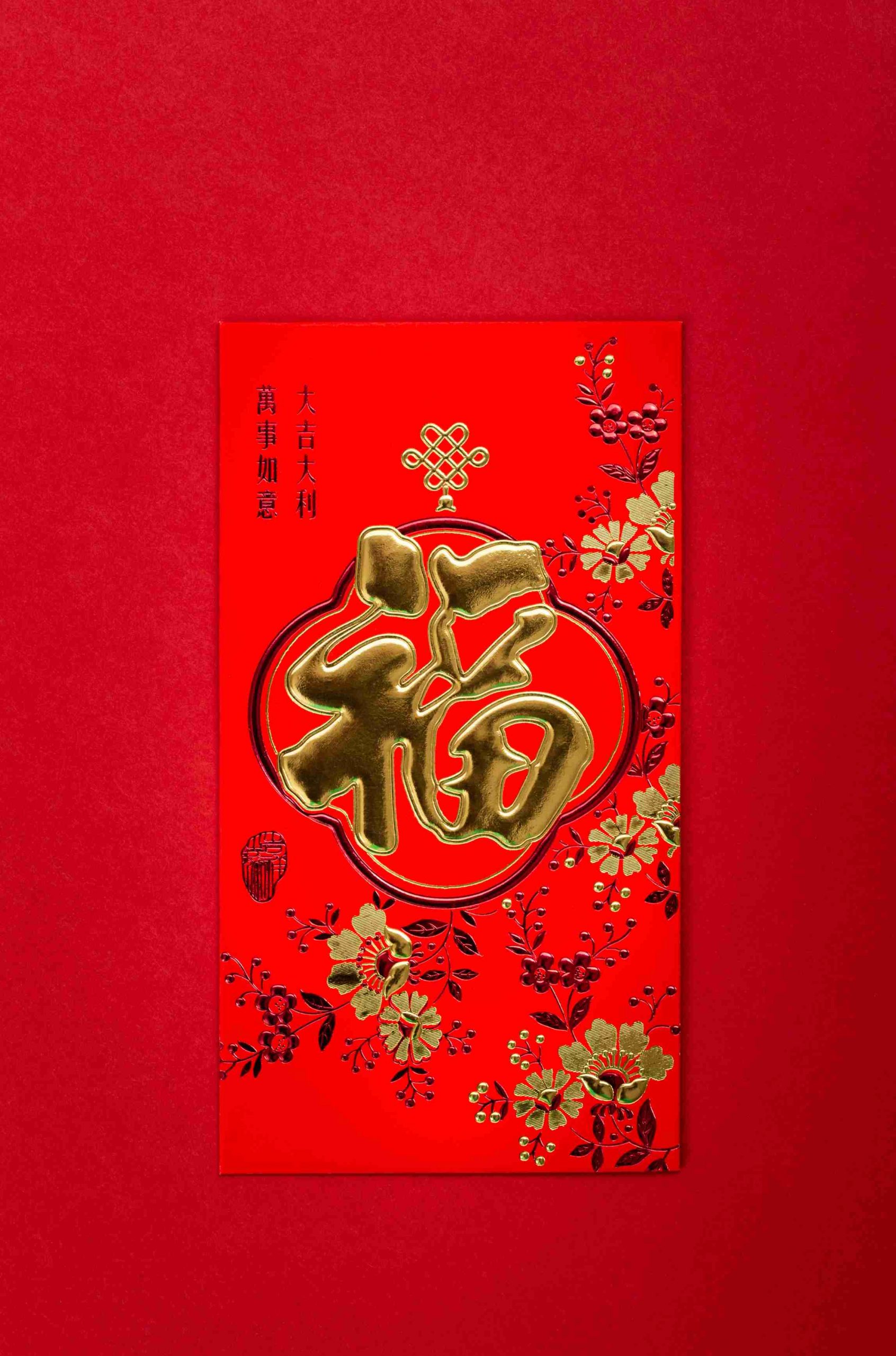
Cambodian New Year
In Cambodia, Lunar New Year (known as Chinese New Year) is not a public holiday, but many Cambodians especially those with Chinese heritage like to celebrate it too.
Similar to Lunar New Year in China, on the New Year’s Eve people cook a lot of traditional Chinese foods to pray to ancestors, followed by a big family dinner.
On New Year’s Day, people also give away red pockets to friends and relatives that come to visit. Some families also hire the lion dancers to perform at their business places to welcome the New Year.
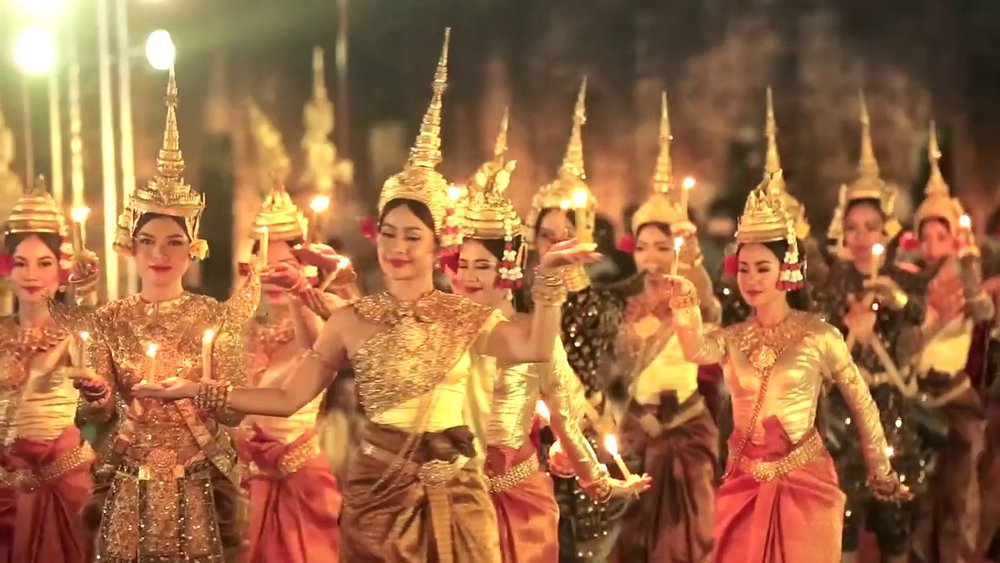
Filipino New Year
Chinese New Year used to be celebrated only by Chinese Filipinos, but nowadays among the general population, there is a growing practice of giving moon cakes and New Year’s rice cake (tikoy). On New Year’s Eve, there are fireworks in Chinatowns across the country and dragon dances in the malls are becoming more common.
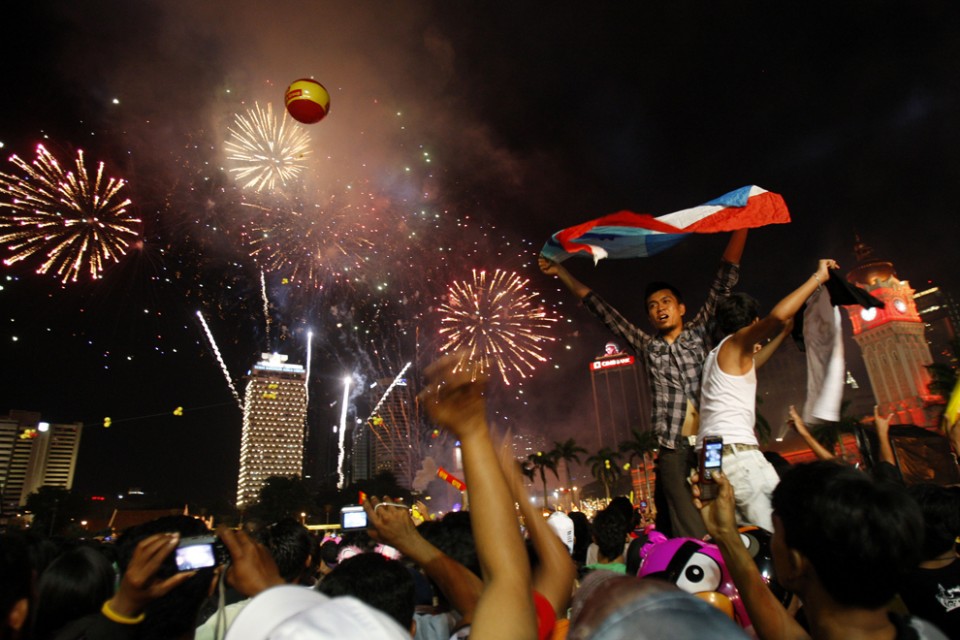


 COVID-19 Around the World4 years ago
COVID-19 Around the World4 years ago
 Cuisine Explorer5 years ago
Cuisine Explorer5 years ago
 Tagalog5 years ago
Tagalog5 years ago
 Uncategorized5 years ago
Uncategorized5 years ago
 Cantonese - Traditional Chinese5 years ago
Cantonese - Traditional Chinese5 years ago
 Uncategorized5 years ago
Uncategorized5 years ago
 Uncategorized5 years ago
Uncategorized5 years ago
